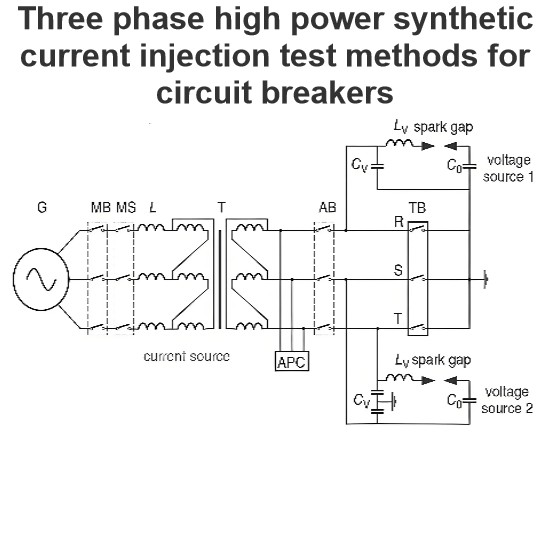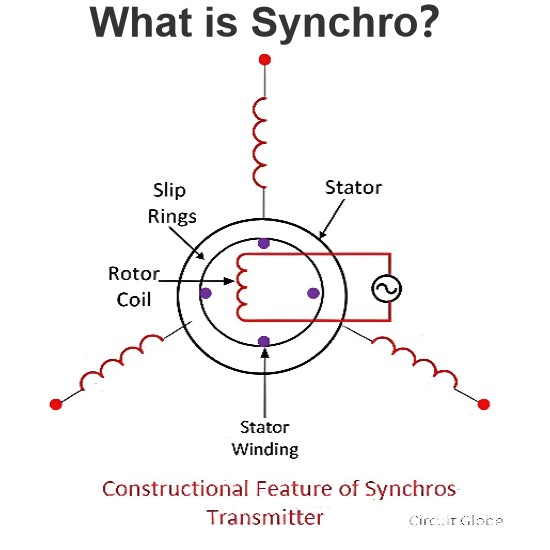Back-to-Back Test (Sumpner’s Test) on Transformer
Definition
Conducting a full - load test on a small transformer is quite convenient. However, when it comes to large transformers, this task becomes extremely challenging. The maximum temperature rise in a large transformer is typically determined through a full - load test. This particular test is also known as the back - to - back test, regenerative test, or Sumpner’s test.
Finding a suitable load that can absorb the full - load power of a large transformer is not an easy feat. As a result, a significant amount of energy would be wasted if a traditional full - load test were to be carried out. The back - to - back test is designed to determine the maximum temperature rise in a transformer. Thus, the load is selected in accordance with the transformer's capacity.
Back - to - Back Test Circuit
For the back - to - back test, two identical transformers are utilized. Let's assume that Tr1 and Tr2 are the primary windings of the transformers, which are connected in parallel with each other. A nominal rated voltage and frequency are supplied to their primary windings. Voltmeters and ammeters are connected on the primary side to measure the input voltage and current.
The secondary windings of the transformers are connected in series with each other, but with opposite polarities. A voltmeter V2 is connected across the terminals of the secondary windings to measure the voltage.
To determine the series - opposition connection of the secondary windings, any two terminals are connected, and a voltmeter is connected across the remaining terminals. If the connection is in series - opposition, the voltmeter will show a zero reading. The open terminals are then used to measure the parameters of the transformer.

Determination of Temperature Rise
In the above figure, terminals B and C are connected to each other, and the voltage is measured across terminals A and D.
The temperature rise of the transformers is ascertained by measuring the temperature of their oil at specific time intervals. Since the transformers operate in a back - to - back configuration for an extended period, the oil temperature gradually increases. By monitoring the oil temperature, the ability of the transformers to withstand high temperatures can be determined.
Determination of Iron Loss
The wattmeter W1 measures the power loss, which is equivalent to the iron loss of the transformer. To determine the iron loss, the primary circuit of the transformer is maintained in a closed state. With the primary circuit closed, no current passes through the secondary windings of the transformer, causing the secondary winding to behave as an open circuit. The wattmeter is connected to the secondary terminals to measure the iron loss.
Determination of Copper Loss
The copper loss of the transformer is determined when the full - load current flows through both its primary and secondary windings. An additional regulating transformer is employed to excite the secondary windings. The full - load current flows from the secondary to the primary winding. The wattmeter W2 measures the full - load copper loss of the two transformers.
The Electricity Encyclopedia is dedicated to accelerating the dissemination and application of electricity knowledge and adding impetus to the development and innovation of the electricity industry.




